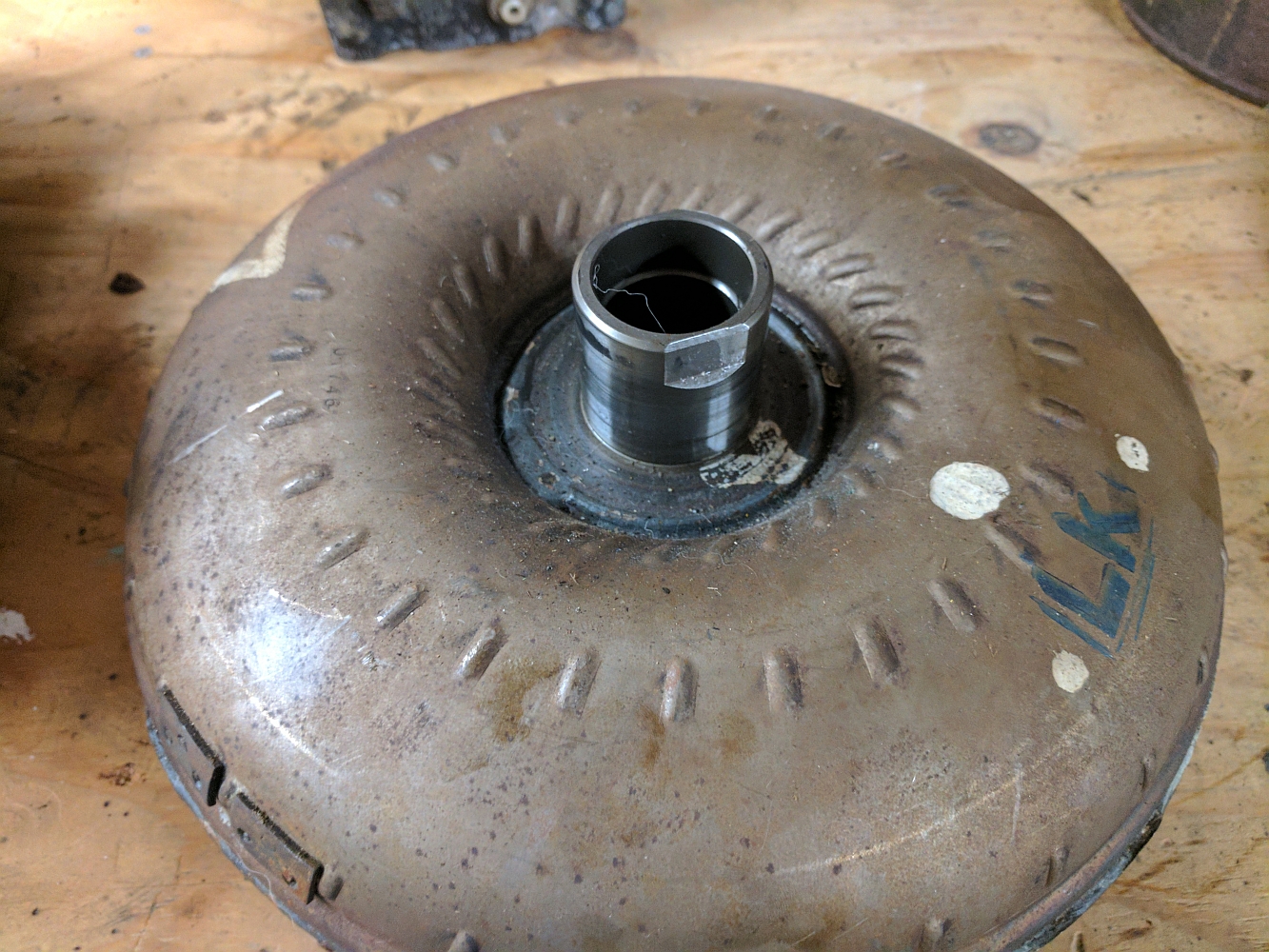This is an old revision of the document!
Table of Contents

This page is a guide for intake manifold selection for auto cars
Intake Manifold
Overview
In order to proper select an intake manifold you should understand everything involved. With auto cars its all about finding the perfect cylinder head combination because you want top end power as well and some low end and mid range power for stall/spoolup on the line. So your trying to find a way to have your cake and eat it as well.
There are three possible variations of cylinder heads. And basically this gets narrowed down to the intake port runner size since we are focusing on intake manifold selection and not differences in the heads. Note: 1G 6 Bolt and 1G 7 Bolt heads are exactly the same with the exception for the head bolt/stud holes being different.
| Head | Runner |
|---|---|
| 1G 6 Bolt | Large Runner |
| 1G 7 Bolt | Large Runner |
| 2G 7 Bolt | Small Runner |
Here is what a large runner intake port looks like compared to a small runner intake port.
Intakes are not cross compatible. They will technically bolt up but the ledge thats created creates turbulence in the intake port and causes issues with airflow stability, velocity, promotes fuel puddling, and will work against you.
Large Runner
Stock
Cyclone split runner
N/A Cyclone Split runner
JMF Street
Magnus V3
JMF Drag
Small Runner
Stock
RVR
Evo3
JMF Street
Magnus V5
JMF Drag
Intake Manifolds to avoid
Venom and Slowboy Racing Sheet metal intake manifolds are for some reason sought after. Both of these intakes are very terrible. I have back to back compared them with stock and the stock intake manifold picked up quite a but of midrange power and spool over them. Do not use these. They are seriously junk with no R&D. They are also known to crack and burst.


